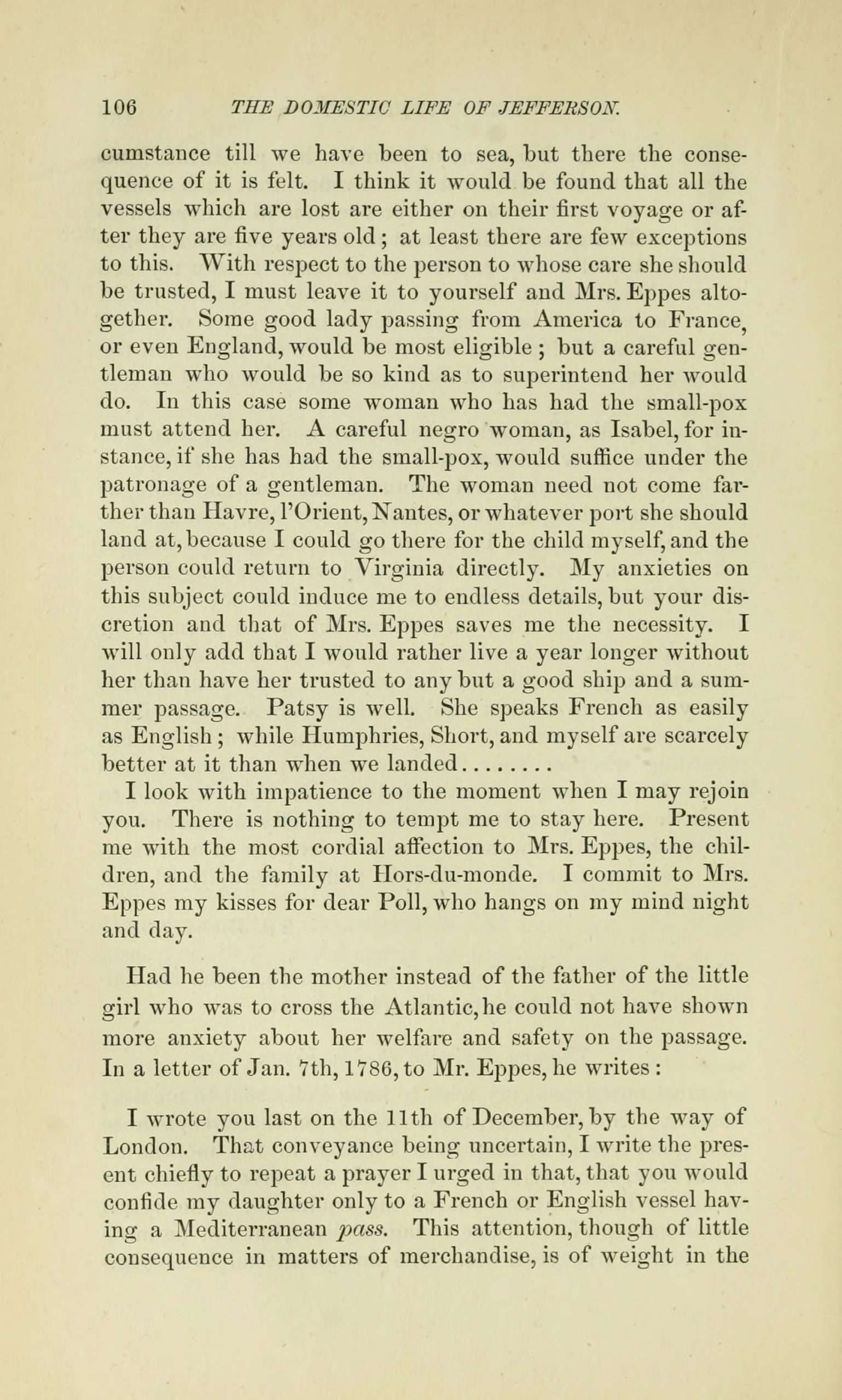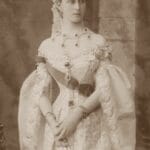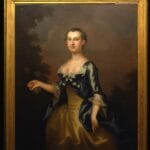Mary Jefferson Eppes, affectionately known as “Polly,” lived a life intertwined with the nascent American republic and the complexities of her father, Thomas Jefferson’s, prominent role in its creation. This article explores her life, a narrative woven with privilege and profound sorrow, offering a glimpse into the realities faced by elite women in early America.
Polly Jefferson: A Monticello Childhood
Mary Jefferson, born August 1, 1778, at Monticello, entered a world brimming with both promise and uncertainty. As the fourth child of Thomas and Martha Wayles Skelton Jefferson, her early years were marked by the upheaval of the Revolutionary War and her father’s burgeoning political career. While Monticello provided a privileged upbringing, it was also touched by profound loss. Two younger sisters, Jane and Lucy Elizabeth, along with an unnamed brother, died in infancy. This early exposure to mortality likely cast a long shadow over young Mary’s life, perhaps shaping her perspective and fostering a deep appreciation for the fragility of life. The work of both Patrick Lyndon Nugent and Max Mallowan provides interesting parallels to the societal influences of the time, although in vastly different contexts.
In 1782, when Mary was only four, her mother succumbed to illness, a devastating blow that further solidified the precarious nature of life in that era. Following this tragedy, Mary and her older sister, Martha “Patsy,” were sent to live with their aunt and uncle, Elizabeth and Francis Wayles Eppes, at Eppington. This displacement, though likely necessary, may have contributed to a sense of both security and separation for the young Mary, balancing the comforts of family with the absence of her father and the familiar surroundings of Monticello.
A Union of Families: Marriage to John Wayles Eppes
At the age of 19, Mary married John Wayles Eppes, her first cousin, on October 13, 1797, at Monticello. This union, while perhaps unusual by modern standards, was a common practice among elite families of the time, serving to consolidate wealth and power within their tightly knit circles. The marriage intertwined two prominent Virginia families, the Jeffersons and the Eppes, further solidifying their influence within the state’s social and political landscape. This alliance suggests a strategic element to the marriage, possibly reflecting the prevailing societal norms and expectations placed upon women of Mary’s social standing.
Motherhood, Loss, and Legacy
Mary’s journey into motherhood was marked by both joy and profound heartbreak. While historical records are not entirely clear on the exact number of children she bore, it’s believed that she had three. Tragically, at least two of her children died in infancy. This devastating loss, a common experience for women of the era, underscores the limited medical knowledge and high rates of infant mortality that characterized the early 19th century. Mary’s surviving son, Francis Wayles Eppes, became a testament to both the joys and sorrows of motherhood in a time of great uncertainty.
Tragically, Mary’s life was cut short in 1804, just two months after the birth of her third child. At the young age of 25, she succumbed to complications related to childbirth, a stark reminder of the risks women faced during this period. Her untimely death devastated her family, particularly her father, Thomas Jefferson, who had already endured the loss of his wife and several children.
Maria Jefferson Eppes: A Life Remembered
Although her life was brief, Mary Jefferson Eppes’s story offers valuable insights into the experiences of women in early America. Her narrative, woven with privilege, loss, and the complexities of familial ties, reflects the societal expectations and challenges faced by women of her time. While much of her inner life remains a mystery, her story serves as a poignant reminder of the individuals who lived amidst the grand sweep of history, their lives both shaping and being shaped by the larger narratives of their era. While we may never fully understand her personal experiences, ongoing research continues to shed light on the lives of women like Mary, revealing their contributions, challenges, and resilience in a rapidly changing world.
Frequently Asked Questions about Mary Jefferson Eppes
Did Thomas Jefferson’s daughter marry her cousin?
Yes, Mary Jefferson married her first cousin, John Wayles Eppes. Such unions were common among the elite in early America as a means of consolidating wealth and power.
What happened to Polly Jefferson?
Mary Jefferson Eppes, known as “Polly,” died in 1804 at the age of 25 due to complications from childbirth. This was a common tragedy for women during this time period.
What happened to Thomas Jefferson’s daughter?
This question likely refers to Mary Jefferson Eppes. As noted above, she tragically passed away at a young age due to childbirth complications. This deeply impacted Thomas Jefferson, who expressed his profound grief in letters.
- Discover Long Black Pepper: Flavor & Health Benefits - April 25, 2025
- Shocking Twists: The Grownup Review: Unreliable Narration - April 25, 2025
- A Quiet Place Book vs Movie: A Deep Dive - April 25, 2025

















1 thought on “Mary Jefferson Eppes: A Life Unfolded at Monticello”
Comments are closed.